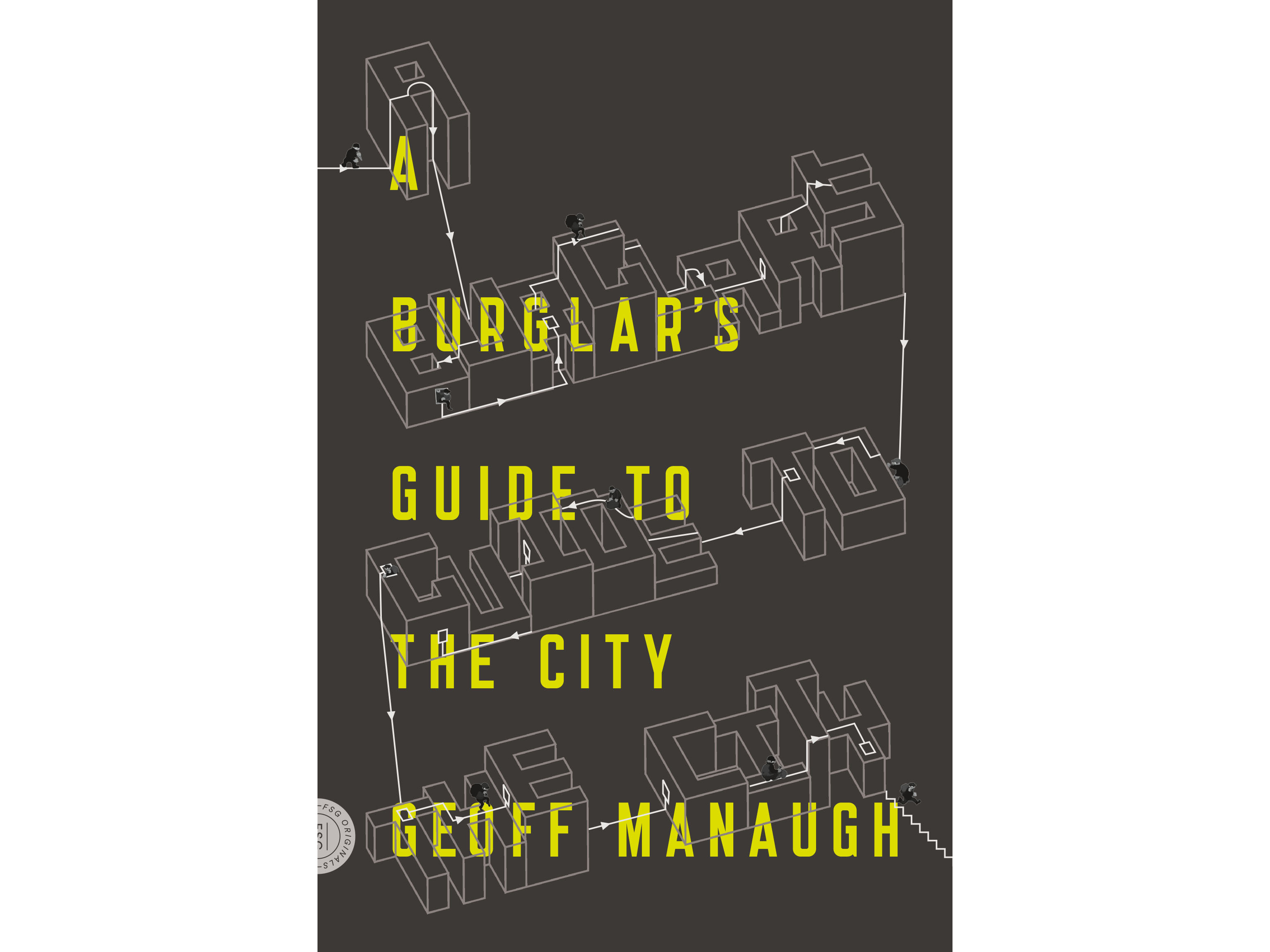by: ac
In Geoff Manaugh’s A Burglar’s Guide to the City, we are introduced to a cavalcade of nefarious characters. Manaugh interviews burglars, ex-burglars, cops, ex-cops/burglars, and others to map a built environment that the average person never sees and, he contends, the average architect never considers. In his Oculus Book Talk at the Center for Architecture on 05.09.16, he maintained that the reason he wrote the book was to illuminate (but not celebrate, we find, at the end of the text) a spatial imagination and sensitivity to the built environment in a population other than the trained architect. This intent leads the reader through a dizzying number of anecdotes to support this notion. We fly through L.A. with an Air Support Division officer who debunks the 1990s paranoia of author Mike Davis by showing that there are no numbers on rooftops that tag every quadrant of the city. While the LAPD has “suggested” that this would help with security, the “space police” have yet to execute this strategy. Manaugh takes the readers to Locksport events, the lock-picking Olympics, and, most interestingly, interviews a Roman historian who specializes in early Roman home invasion.
His narrative hinge-pin is an entity from the turn of the century: a young George Leonidas Leslie, who arrived in New York City in the late 1860s with an architecture degree from University of Cincinnati. Rather than seeing the possibilities for building in Gilded Age New York, he saw opportunities for advancement by breaking into Gilded Age New York. Manaugh’s expert storytelling leads us through Leslie’s “career” – he was a member of a crime gang that was responsible for “80% of all bank robberies in the United States at the time.” Manaugh’s argument regarding the Modernist concept of interior and exterior boundary – the morphing of inside/outside – is most like a typical architectural rumination. In his talk, he lamented that this Modernist principle often disappointingly resulted in a glass door and a patio rather than an exceptional space. In the case of burglary, it is far most interesting. The “breaking the close” concept is a legal abstraction, an imaginary rectangular volume that forms a border around a property. He relays a conversation with legal scholar Minturn T. Wright, where Wright proclaims “architecture is a form of magic, one that has no place in an otherwise rational system. Architecture is the ‘magic’ of four walls.” It’s these four walls that are in question throughout the book.
Manaugh’s storytelling is entertainingly executed, and the interviews are a valid oral history, but the book is crowded. By the end, it is very hard to follow who has a criminal record and who does not. Advocacy of spatial imagination is commendable, but there are other vocations that think spatially and across scales: fabric pattern makers, exterminators, and Civil War historians all read a building, space, or landscape. Many non-fiction writers – Sarah Vowell, Robert Sullivan, and Michael Pollen – use serendipity and journeys to get at a cultural phenomenon, but their mission is to find hope in idiosyncratic personalities and tales. I found little hope or inspiration in Manaugh’s characters – only illustrations of a culture that celebrates “kicks” rather than honor, and “fun-facts” over actual research. So many notions add up to a need to design by fear rather than aspiration, a bleak way to define a career.









